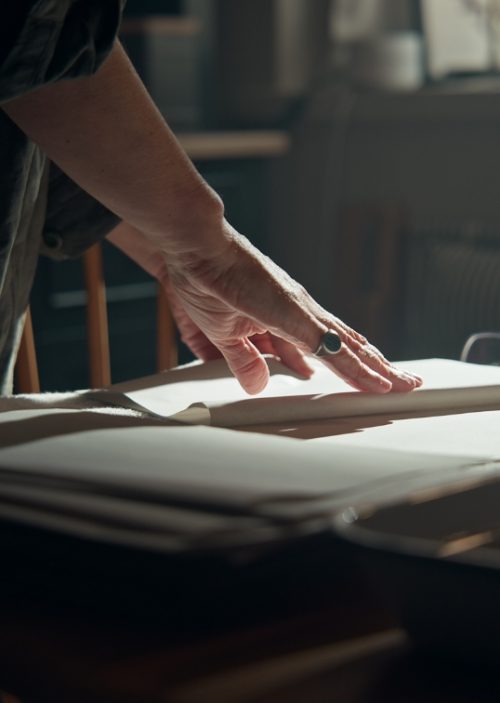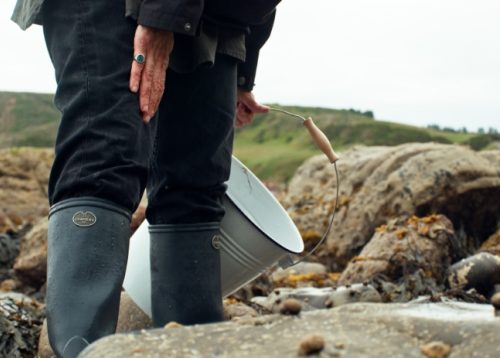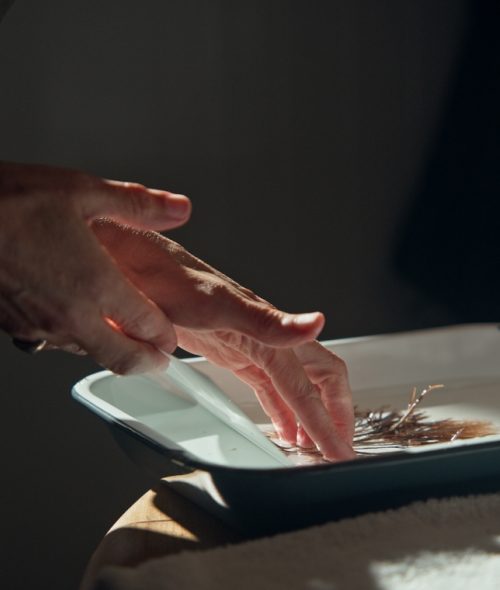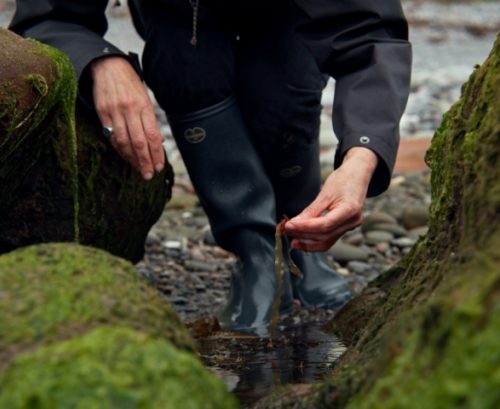
My Story

A New Zealander living in the UK for many years, I have always loved Scotland — the landscape, the big sky and the people. Our home on the north east coast is a refuge, and my interest in the art of seaweeding grew from reading about its Victorian 'seaweed hunting' roots and a growing desire to pursue creativity here by the sea shore.
In capturing and sharing some of my favourite pressings I hope to shine a light on the beauty and diversity of seaweed found in our seas. The insight and conversation I've enjoyed with fellow enthusiasts on my Instagram page are a hugely encouraging sign that I'm not the only one to appreciate this often overlooked treasure.

"It’s about observing, really noticing the details, working gently and thoughtfully..."

My Process
Venturing out at low tide, I comb the rock pools along the shoreline — the places where floating seaweed is easier to see and gather. It's here that I can really enjoy the 'slowness' of seaweeding — taking time to really look and enjoy the experience. I only use drift (or 'cast') seaweed for my seaweed pressing, as there's plenty of it to choose from and it avoids unnecessarily uprooting seaweed from the rocks. Plus, it's often the case that sun-bleached and 'battered' seaweed makes for more visually interesting pressings.
My foraged seaweed is brought back home in water to keep it fresh and cool, and I begin to examine each more closely, assessing them in terms of size, form and colour. I've gotten better at this through repetition and experience — and it's particularly satisfying when the finished pressing fulfils my initial hopes in terms of shape, tone and texture on paper.
For best results, I press my seaweed as soon as possible after collection. The entire pressing process takes a minimum of 4 weeks — allowing the seaweed and watercolour paper to fully dry out — at which point the original pressing is ready to be photographed.












